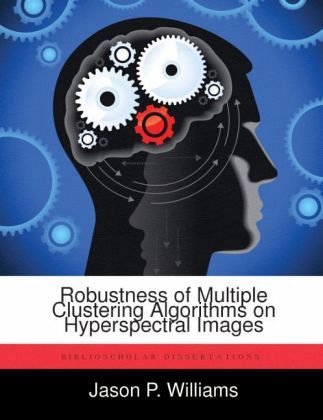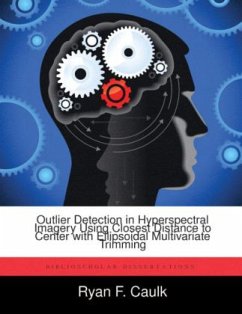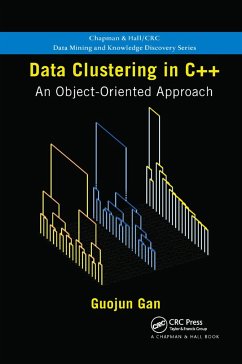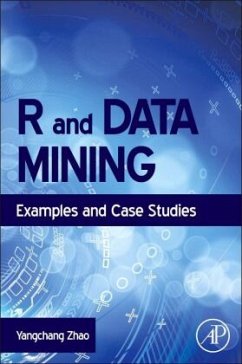
Robustness of Multiple Clustering Algorithms on Hyperspectral Images
Versandkostenfrei!
Versandfertig in über 4 Wochen
52,99 €
inkl. MwSt.

PAYBACK Punkte
26 °P sammeln!
By clustering data into homogeneous groups, analysts can accurately detect anomalies within an image. This research was conducted to determine the most robust algorithm and settings for clustering hyperspectral images. Multiple images were analyzed, employing a variety of clustering algorithms under numerous conditions to include distance measurements for the algorithms and prior data reduction techniques. Various clustering algorithms were employed, including a hierarchical method, ISODATA, K-means, and X-means, and were used on a simple two dimensional dataset in order to discover potential ...
By clustering data into homogeneous groups, analysts can accurately detect anomalies within an image. This research was conducted to determine the most robust algorithm and settings for clustering hyperspectral images. Multiple images were analyzed, employing a variety of clustering algorithms under numerous conditions to include distance measurements for the algorithms and prior data reduction techniques. Various clustering algorithms were employed, including a hierarchical method, ISODATA, K-means, and X-means, and were used on a simple two dimensional dataset in order to discover potential problems with the algorithms. Subsequently, the lessons learned were applied to a subset of a hyperspectral image with known clustering, and the algorithms were scored on how well they performed as the number of outliers was increased. The best algorithm was then used to cluster each of the multiple images using every variable combination tested, and the clusters were input into two global anomaly detectors to determine and validate the most robust algorithm settings.














